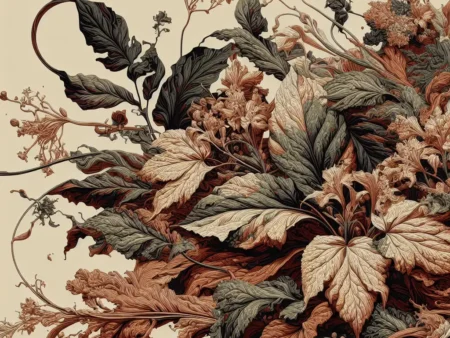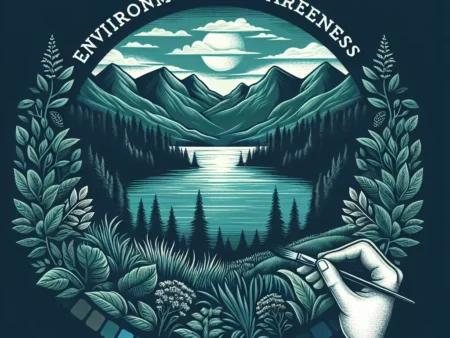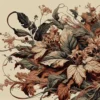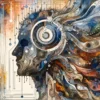Perkembangan Seni Rupa di Indonesia: Kaya akan warisan budaya, seni rupa Indonesia mencerminkan keberagaman dan kreativitas melalui berbagai medium.
Perkembangan Seni Rupa di Indonesia
-
Table of Contents
- Introduction
- Ancient Roots: Prehistoric Art
- The Influence of Religion: Hindu-Buddhist Period
- The Majapahit Empire: Golden Age of Art
- Colonial Era: Western Influence
- Raden Saleh: Pioneer of Modern Indonesian Art
- Artistic Nationalism: The PERSAGI Movement
- Post-Independence: Art as a Tool for Nation-Building
- Affandi: Expressionism and Social Realism
- New Art Movements: The 1970s and Beyond
- Contemporary Art: Global Recognition
- Street Art and Urban Culture
- Art Market and Collectors
- Summary
Introduction
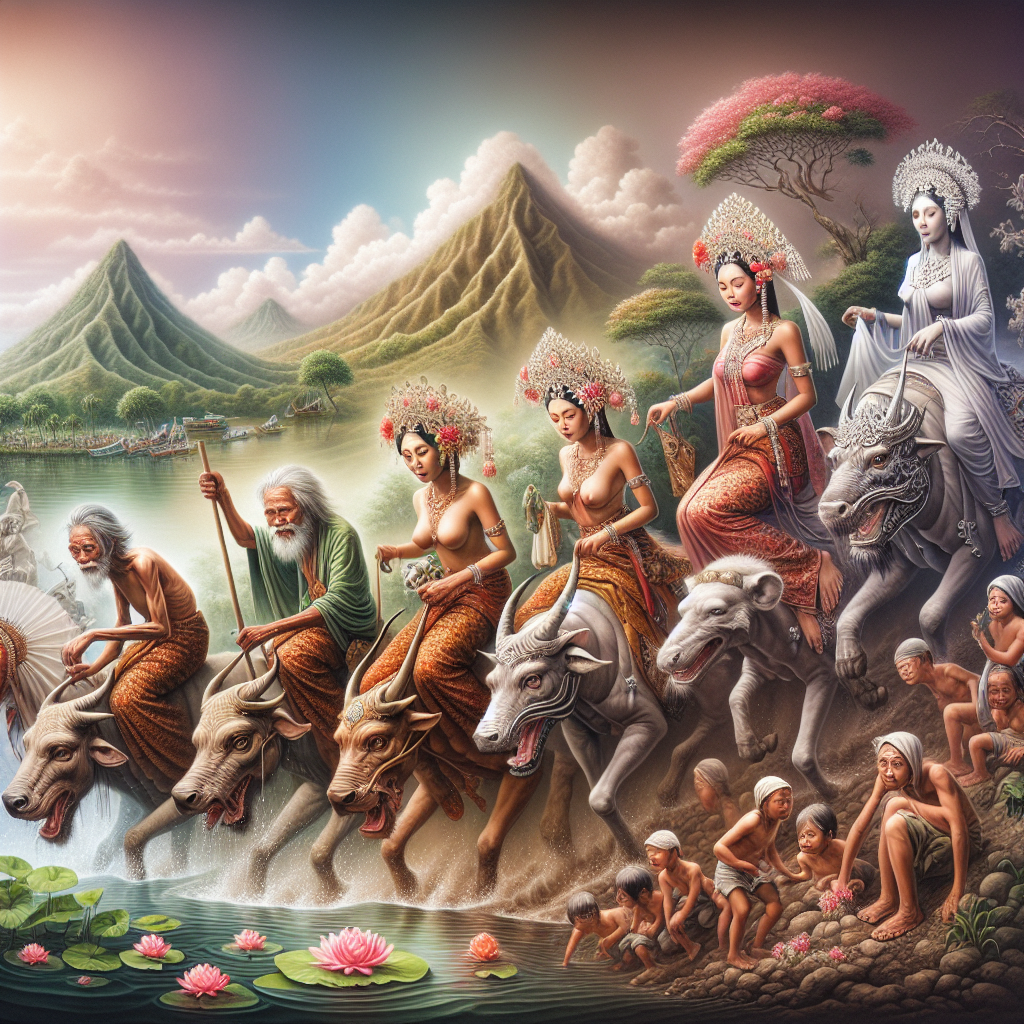
Indonesia, with its rich cultural heritage and diverse ethnic groups, has a vibrant and dynamic art scene. The development of visual arts in Indonesia, known as “Seni Rupa,” has evolved over centuries, influenced by various factors such as religion, politics, and social changes. This article aims to explore the history and progression of Seni Rupa in Indonesia, highlighting key periods, influential artists, and significant art movements.
Ancient Roots: Prehistoric Art
The roots of Indonesian art can be traced back to prehistoric times, with evidence of cave paintings and rock art found in various regions. These ancient artworks depict scenes of hunting, animals, and daily life, providing a glimpse into the early artistic expressions of the Indonesian people.
The Influence of Religion: Hindu-Buddhist Period
The arrival of Hinduism and Buddhism in Indonesia during the 1st century AD brought significant changes to the art scene. The construction of temples, such as Borobudur and Prambanan, showcased intricate stone carvings and reliefs that depicted religious narratives. These artworks not only served as religious symbols but also displayed the artistic skills of the craftsmen.
The Majapahit Empire: Golden Age of Art
The Majapahit Empire, which flourished from the 13th to the 16th century, marked a golden age for Indonesian art. The empire’s patronage of the arts led to the creation of exquisite sculptures, ceramics, and textiles. The art of this period often depicted scenes from Hindu epics, showcasing the empire’s power and cultural sophistication.
Colonial Era: Western Influence
The arrival of European colonizers in the 16th century brought a significant shift in the Indonesian art scene. Dutch colonial rule introduced Western artistic techniques and styles, leading to the emergence of a new genre known as “Indies Art.” This genre blended European techniques with Indonesian subject matter, often depicting landscapes, portraits, and scenes of daily life.
Raden Saleh: Pioneer of Modern Indonesian Art
Raden Saleh, born in 1811, is considered the pioneer of modern Indonesian art. He studied in Europe and adopted Western painting techniques while incorporating Indonesian themes into his works. Saleh’s paintings often depicted wildlife, landscapes, and historical events, showcasing his mastery of both Western and Indonesian artistic traditions.
Artistic Nationalism: The PERSAGI Movement
In the early 20th century, a group of Indonesian artists formed the Persatuan Ahli-Ahli Gambar Indonesia (PERSAGI) or the Association of Indonesian Painters. This movement aimed to promote Indonesian art and culture, emphasizing the importance of national identity in artistic expressions. PERSAGI artists sought inspiration from traditional Indonesian art forms, such as batik and wayang, while incorporating modern techniques.
Post-Independence: Art as a Tool for Nation-Building
Following Indonesia’s independence in 1945, art played a crucial role in shaping the nation’s identity and fostering a sense of unity among its diverse population. The government actively supported the development of art through institutions such as the Indonesian Fine Arts Academy (ASRI) and the establishment of national art exhibitions.
Affandi: Expressionism and Social Realism
Affandi, one of Indonesia’s most renowned artists, emerged during this period. Known for his expressive and emotive style, Affandi’s paintings often depicted scenes of everyday life and the struggles of the common people. His works reflected social realism and captured the spirit of post-independence Indonesia.
New Art Movements: The 1970s and Beyond
The 1970s witnessed the emergence of new art movements in Indonesia, challenging traditional artistic norms and exploring new forms of expression. The “New Art Movement” (Gerakan Seni Rupa Baru) and the “New Order Art” (Seni Rupa Orde Baru) reflected the changing social and political landscape of the country. Artists began experimenting with various mediums, including installations, performance art, and multimedia.
Contemporary Art: Global Recognition
In recent years, Indonesian contemporary art has gained international recognition, with Indonesian artists participating in prestigious exhibitions and biennales worldwide. Artists like Heri Dono, Agus Suwage, and Eko Nugroho have successfully blended traditional Indonesian elements with contemporary themes, creating thought-provoking artworks that resonate with global audiences.
Street Art and Urban Culture
Indonesia’s urban centers, particularly Jakarta and Yogyakarta, have become hubs for street art and urban culture. Graffiti artists, muralists, and street performers have transformed public spaces into vibrant galleries, reflecting the energy and creativity of Indonesian youth.
Art Market and Collectors
The growing interest in Indonesian art has also led to a thriving art market, with collectors and galleries actively promoting and trading artworks. Auction houses, such as Sotheby’s and Christie’s, regularly feature Indonesian artworks, attracting both local and international buyers.
Summary
The development of Seni Rupa in Indonesia has been shaped by a rich cultural heritage, religious influences, colonialism, and the nation’s quest for identity. From ancient cave paintings to contemporary street art, Indonesian artists have continuously evolved their artistic expressions, blending traditional elements with modern techniques. The recognition of Indonesian art on the global stage highlights the country’s vibrant and diverse art scene. As Indonesia continues to grow and change, its art will undoubtedly reflect the nation’s ongoing journey of self-discovery and creativity.
